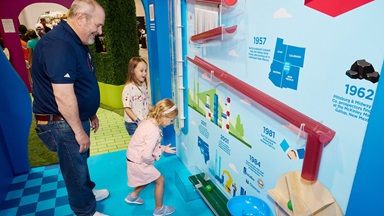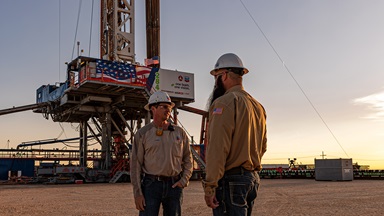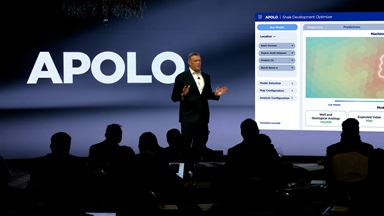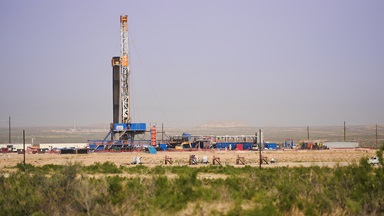a history of enabling human progress
We’ve always believed in the power of human ingenuity. A group of explorers successfully struck oil in California in 1876. Three years later our company entered the industry in 1879. Our spirit has been driven by integrity, trust, and innovation. And we’ve continued our purpose to provide the affordable, reliable, ever-cleaner energy that enables human progress.
1879 - 1911
leading the way
A quest for black gold brings a spirit of innovation and transformative engineering.
1912 - 1926
spirit of standard
As demand for petroleum products grew, so did our competitive drive and passion for change.
1927 - 1946
in war and peace
The impact of low oil supplies after World War I prompted our efforts to produce oil worldwide and grow our business.
1947 - 1979
a new identity
Our company expanded internationally to meet growing oil demands.
1980 - 2001
market expansion
We continued to grow around the world through mergers, acquisitions, and marketing efforts.
2002 - 2019
a new era of energy
As our exploration technology expanded, so did our aim to support diversity and inclusion.
2020 - present
advancing energy progress
Working toward a lower carbon future.
newsroom




